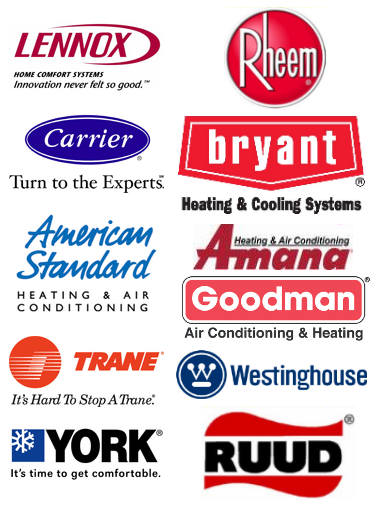 The majority of homes in Chicago have two types of heating equipment installed in their home. One is a furnace and the other a boiler. Most of the boilers and furnaces in Chicago use natural gas as their energy source for heating and on occasion we’ll do a repair on a solar, geothermal, a heat pump, oil furnace or an electric furnace which keeps things interesting for us technology geeks.
The majority of homes in Chicago have two types of heating equipment installed in their home. One is a furnace and the other a boiler. Most of the boilers and furnaces in Chicago use natural gas as their energy source for heating and on occasion we’ll do a repair on a solar, geothermal, a heat pump, oil furnace or an electric furnace which keeps things interesting for us technology geeks.
In the U.S. 51% of U.S. households use natural gas for heating and we consume 30% of the worlds natural gas resources which is an absolutely huge number. There are many homes in Chicago that I’ve been to in the Wicker Park, Bucktown, Lincoln Park, Uptown, Gold Coast, Rosco Village and Wrigleyville areas that have 15+ year old furnaces and boilers installed that in plain english are gas guzzling money pits.
Understanding the Efficiency Rating of Furnaces and Boilers
A central home furnace or boiler’s efficiency is measured by and displayed as it’s annual fuel utilization efficiency (AFUE). The Federal Trade Commission requires new furnaces or boilers to display their AFUE so consumers can compare heating efficiencies and operating costs for various models of furnace and boilers. AFUE is a measure of how efficient a furnace or boiler is in it’s usage of energy meaning, how efficient does it convert natural gas to heat.
To be more accurate, the annual fuel utilization efficiency is the ratio of heat output of the furnace or boiler compared to the total energy consumed by a furnace or boiler. An AFUE of 80% means that 80% of the energy in the fuel becomes heat for the home and the other 20% is pretty much vented up the chimney and out into the atmosphere. It’s important to mention that AFUE doesn’t include the heat losses from the sheet metal duct system or steam and hot water boiler piping which can be as much as 35% loss of energy when the furnace ductwork is located in an attic or on a rooftop.
An all-electric furnace or boiler has no flue loss through a chimney. The AFUE rating for an all-electric furnace or boiler is between 95% and 100% but it uses more energy than a natural gas furnace which is sort of misleading when reading the label. However, despite an electric furnaces high efficiency rating, the higher cost of electricity in most parts of the country makes all-electric furnaces or boilers an expensive choice.
High Efficiency Furnaces and Boilers
The minimum allowed AFUE rating for a non-condensing fossil-fueled, warm air gas furnace is 80%, a hot water boiler is 80% and a residential or commercial steam boiler is 75%. In the past 10 years technology has advanced dramatically and all new heating and air conditioning equipment produced is light years ahead of a furnace or boiler produced 15 years ago and here’s how it works. Today, high efficiency condensing furnaces or boilers use natural gas twice in it’s effort to heat your home by passing the hot gases through whats called a primary and secondary heat exchanger. In the past there was just a primary heat exchanger. After the hot gas passes through the primary heat exchanger it goes through the secondary heat exchanger where water vapor is produced and condenses in the combustion process and then uses the heat from this condensation. The AFUE rating for a condensing unit can be as much as 97% fuel efficient. Although condensing furnaces and boilers cost more, they can save you a lot of money in fuel costs which is a wise investment in colder climates.
Check out the AFUE ratings and characteristics of the various HVAC equipment below:
Old, low-efficiency furnaces and boilers:
* Natural draft vents a big portion of heat right up the chimney
* Continuous pilot light burns gas 24 hours, 7 days a week
* 68%–72% AFUE
Mid-efficiency heating systems:
* An inducer motor and assembly controls the flow of combustion gases so it is used efficiently
* Electronic ignition (no pilot light burning continuously)
* 80%–83% AFUE
High-efficiency heating systems:
* Flue gases work there way through 2 heat exchangers instead of one
* Sealed combustion
* 90%–97% AFUE
I hope this sheds a little bit of light on what AFUE means and difference between high efficiency and low-efficiency furnaces and boilers is. Feel free to ask any questions, we’d love to hear from you.



